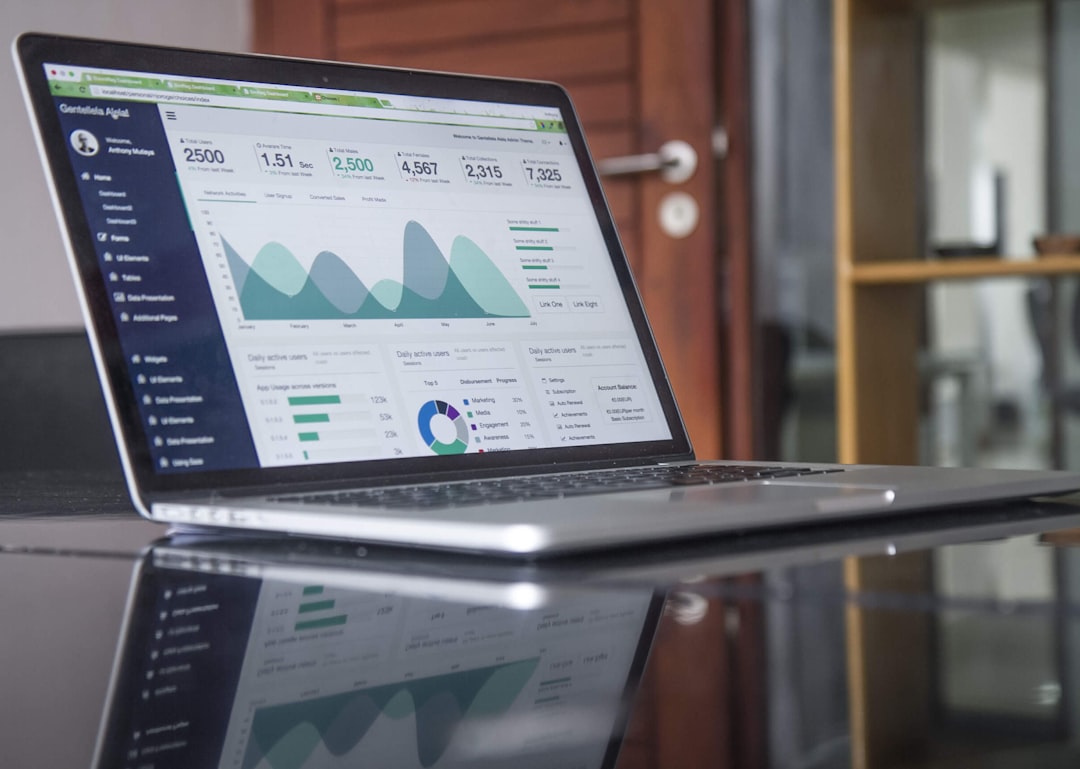
Top Economic Business Trends to Watch in 2024
# Introduction. As we step into 2024, the economic landscape continues to evolve, and with it, a variety of business trends are emerging that could impact the success and strategies of companies across different sectors. Identifying and understanding these trends can be crucial for businesses looking to thrive in a competitive environment. Whether you're an established enterprise, a budding startup, or an investor, staying informed can lead to adaptable strategies that harness opportunities and mitigate risks. This blog post explores the top economic business trends you should watch in 2024, examining how they might influence markets, consumer behaviors, and the overall business climate. # 1. The Rise of Artificial Intelligence in Business Operations. In recent years, artificial intelligence (AI) has increasingly permeated various industries, and this trend is set to accelerate in 2024. Companies are now employing AI and machine learning to streamline operations, automate mundane tasks, and improve customer experiences. Businesses that invest in AI technologies are finding significant efficiency gains. For instance, customer service powered by AI-driven chatbots can provide support 24/7, reducing operational costs while enhancing user satisfaction. Moreover, businesses can leverage AI for predictive analytics, delivering actionable insights that guide strategic decisions. As AI technology continues to evolve, those who embrace it early on will likely see substantial benefits. # 2. Sustainability and Eco-Friendly Practices. Consumers are increasingly prioritizing sustainability and eco-consciousness, prompting businesses to adapt accordingly. In 2024, embracing environmentally friendly practices is no longer just a trend but a necessity. Companies are expected to implement sustainable practices across their supply chains—from sourcing materials to reducing waste and carbon footprints. A notable shift is the rise of eco-certifications, which validate a company’s commitment to the environment. Moreover, businesses that market their green initiatives effectively often attract a loyal customer base willing to pay a premium for products that align with their values. Sustainability isn’t just a moral imperative; it’s a savvy business strategy that can influence purchasing behavior and brand loyalty. # 3. Remote Work and the Hybrid Workforce. The pandemic drastically changed how organizations operate, and remote work has become a mainstay. As we enter 2024, the hybrid work model—where employees spend time both in the office and remotely—is gaining traction. Businesses need to adapt their operations to accommodate flexible work arrangements. This trend not only impacts office space and layout but also influences management styles and corporate culture. Companies must invest in technology that supports remote collaboration while also fostering team cohesion and productivity. A flexible work environment can enhance employee satisfaction and retention, making it a compelling consideration for employers. # 4. E-commerce and Digital Transformation. The surge in online shopping is set to continue well into 2024, with e-commerce becoming an integral part of many businesses’ models. This trend isn't just about having an online presence; it encompasses leveraging technology for a seamless customer journey. From augmented reality experiences allowing customers to visualize products in their homes to personalized recommendation algorithms, digital transformation is reshaping the retail landscape. Businesses that fail to adapt could fall behind as consumer expectations shift toward speed, convenience, and personalization in online shopping. Embracing digital transformation is crucial for gaining a competitive edge in this evolving market. # 5. Focus on Health and Wellness. The global wellness industry is thriving, reflecting the growing focus on health and well-being among consumers. This trend has spurred businesses to prioritize health-centric products and services, ranging from organic foods to mental health support platforms. Companies are recognizing that fostering a wellness culture within their workplace can enhance productivity and morale. In 2024, expect an increased emphasis on employee well-being programs and corporate social responsibility initiatives promoting health. Aligning business offerings with the growing wellness narrative can attract health-conscious consumers and create more holistic corporate environments. # Conclusion. Staying ahead in business requires an acute awareness of the economic trends shaping industries. In 2024, the rise of artificial intelligence, sustainability practices, the hybrid workforce, e-commerce growth, and wellness focus will define the economic climate. Companies that proactively respond to these trends can position themselves favorably in a rapidly changing landscape. Whether through the adoption of technology, fostering a culture of health and wellness, or implementing sustainable practices, leveraging these trends will be critical for success. By understanding and adapting to these emerging dynamics, businesses can ensure resilience and growth in the competitive marketplace of 2024. .


-5.jpg)





